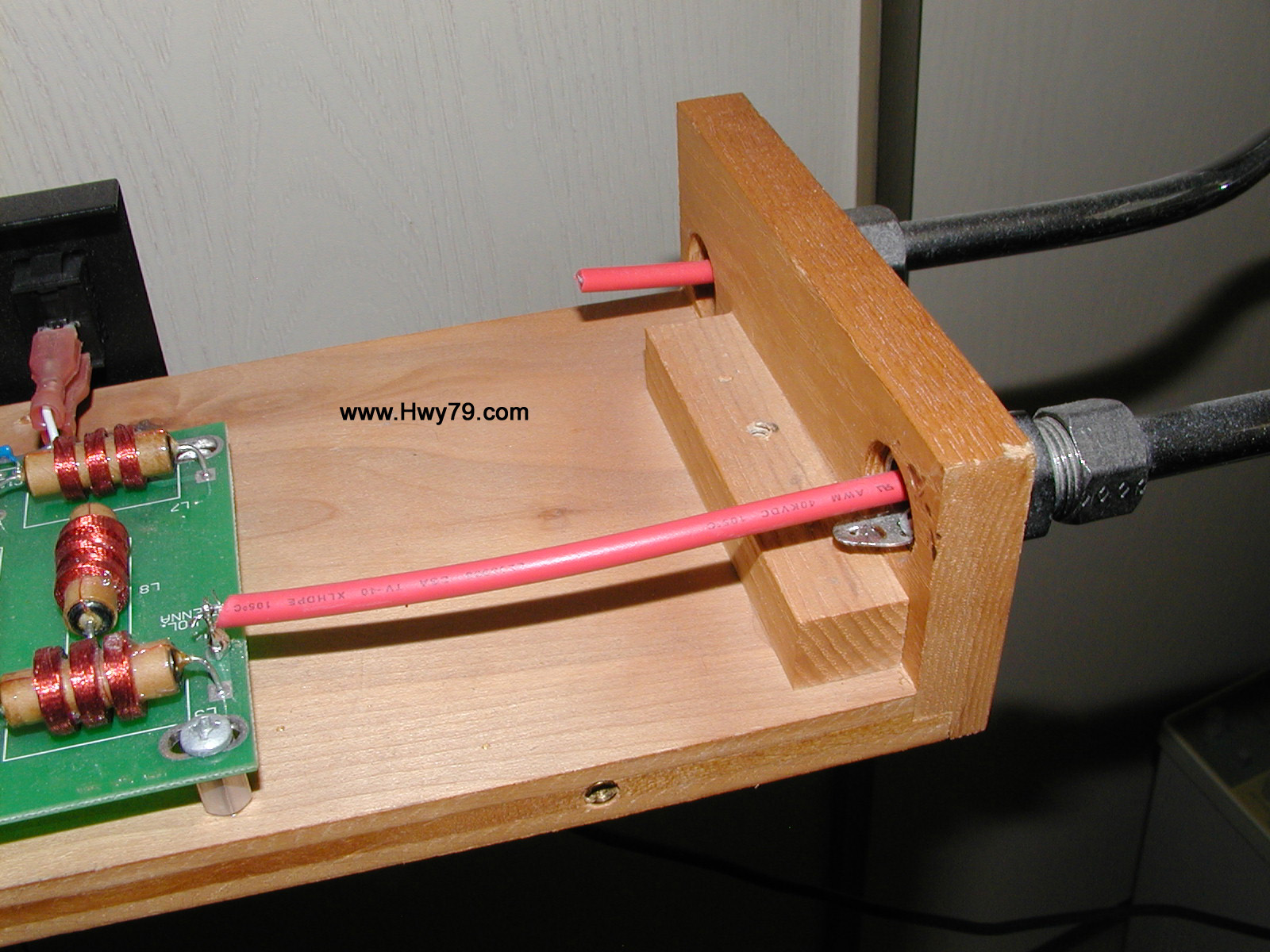Buggins said: Didn't you try to do the same trick with pitch antenna?
Often I would add a clear plastic sleeve or pipe around my pitch antenna coil but this was more for support.
When I began my theremin journey all my designs are original because I never looked at how any other theremin was designed. Someone would only do it this way if you are really stubborn. Coming from an amateur radio background WD6EDZ it was obvious to me RF heterodyning was involved.
I found a perfectly linear pitch field early on by tuning the LC tank circuit to a coiled pitch antenna. Available are five linear octaves from the outside field right up to the pitch coil at any width of the field. There are no almost linear octaves, they just snap into position. Others talked proudly of their 10 octaves so did not give much thought to my linear five.
Below demonstrates how a theremin design can be very simple while responsive if you have specific knowledge. This design has a perfectly linear pitch field without inline special inductors, is thermal drift free using 300v MPSA42 bipolar transistors which also enhance the sound using a Hartley oscillator configuration operating on a single supply of 9 volts . This same circuit but with a loop is used on the volume side but with a 555 added to get an ideal PWM volume control capitalizing on the pulling of the RF oscillator wave shape over the 18" distance of the volume control window.
Simple Sound from a simple design
Beautiful "natural" sound unique to a theremin comes from re-shaping a sine wave through its range, even Clara's voice. This is more difficult to do than using a simple equalizer. Never should a theremin sound like a child's toy keyboard mixing different noises and filters to get beeps and whistles, that would be a gesture controller.
Christopher
http://Hwy79.com



